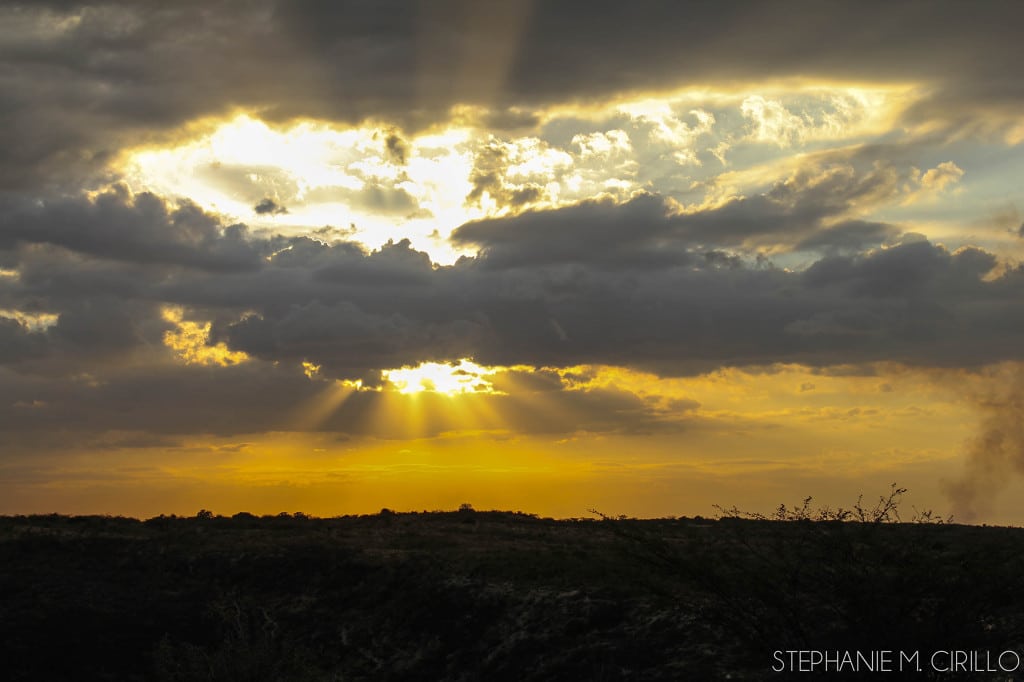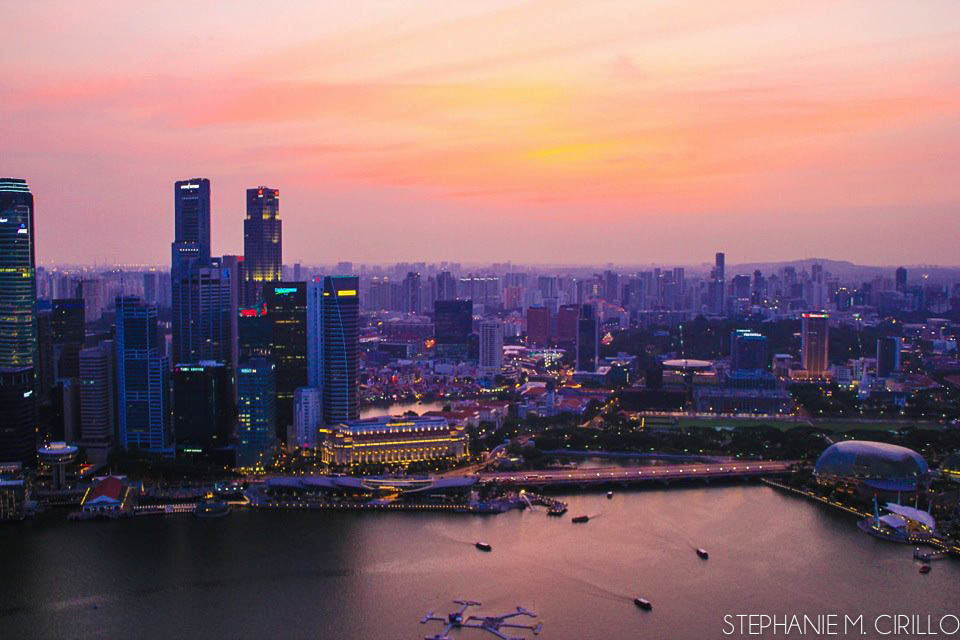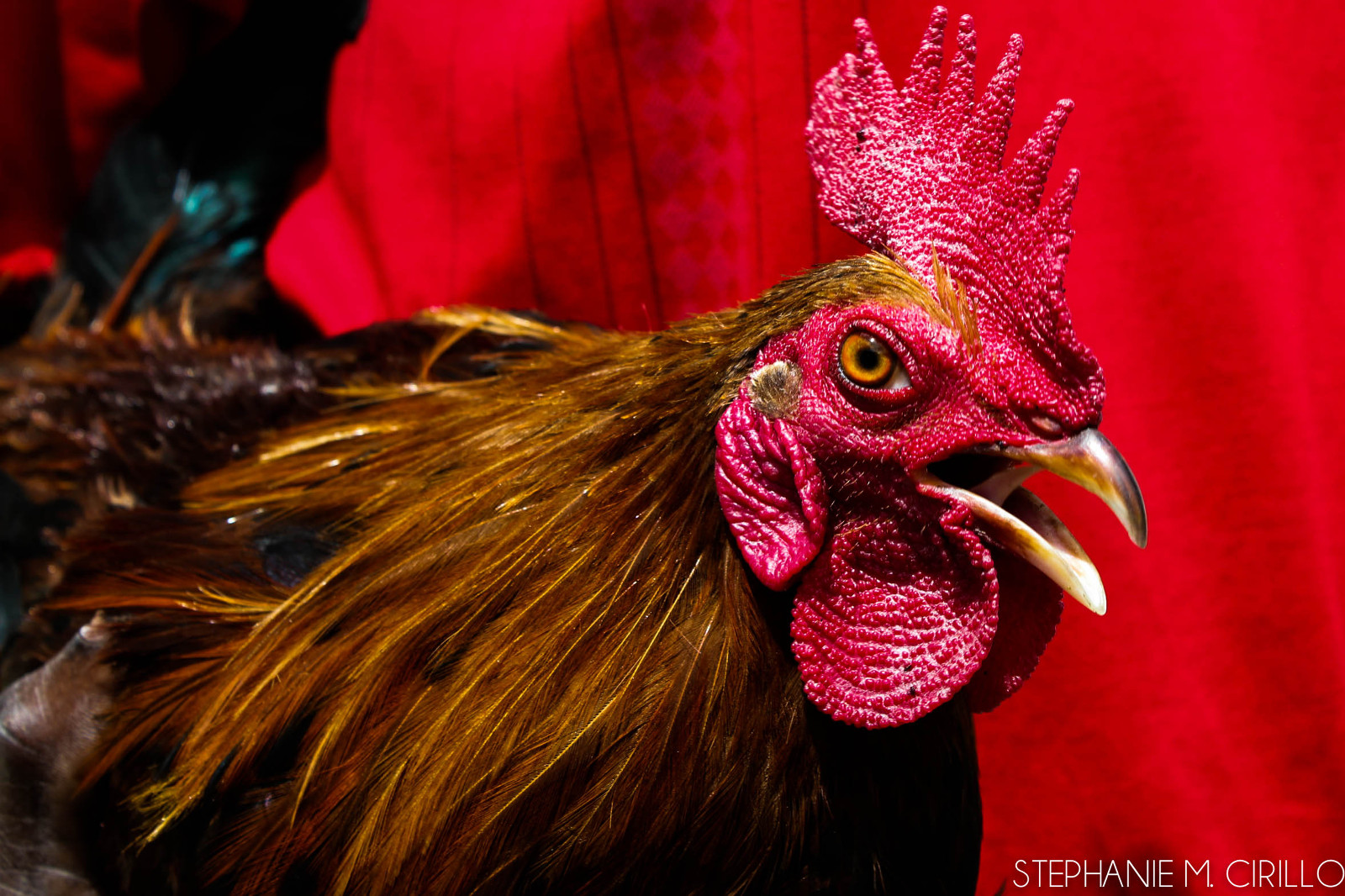Six Tips for Shooting like a Travel Photographer
My camera of choice: Canon 5d Mark iii.
You’ve climbed Kilimanjaro, lounged on the beaches of Antigua and ate your way through the UK. But do your photos capture the sites and scenes of your awe-inspiring adventures? Or do you want them to be even more awesome? Check out my guide for details on how to take bad@ss photos like a professional travel photographer, no matter where your travels take you. #1 YOUR GEAR: I’m a Canon kinda girl, but any SLR camera, digital or analog will do the trick! You don’t need an expensive camera to take great photographs, but you do want a camera that you can shoot in manual or semi-manual thus giving you more control of your image’s exposure. B&H – based in New York City – has a huge selection both in store and online – they have everything you need to take your photo gear game to the next level. Plus, the staff is knowledgeable and can assist with any question, beginner to expert. (TIP: Check online or call the store for hours as B&H closes for all Jewish holidays.)
Capturing the sun at that magical hour.
#2 CAPTURING LIGHT: Shooting outdoors during sunrise or sunset can make your photos extra special.The first and last hour of sunlight each day is known as the “magic hour”or “golden hour”. During this time, the sun is low in the sky, making the light a softer, warmer hue which translates to flattering photos. Unfortunately, most times when we’re on vacation, these magical hours are spent enjoying happy hour drinks or sleeping off our happy hour hangovers! It’s worth skipping one night of fun to wake up early, watch the sunrise and take some bad@ss photos.
Capturing the perfect sunset makes for a dramatic and brag worthy photo.
#3 LEAD WITH LINES: I like to use existing lines as a way of leading a viewers eye through my photographs. Lines help create balance, symmetry and a sense of space. Next time you shoot a landscape photo, try to find capture some good ol’ converging and leading lines in your frame. They’re there, you just have to look and take advantage! 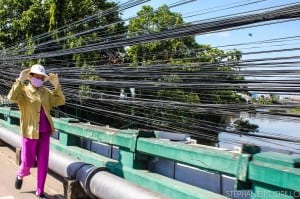
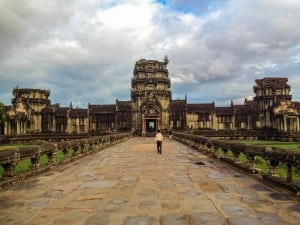 #4 GET UP CLOSE AND PERSONAL: The famous landscape photographer Ansel Adams said, “If your photographs aren’t good enough, you aren’t close enough”. This advice holds true. Sometimes a “eh” photo becomes a captivating photo when you step in closer to your subject. Don’t be afraid! Get up close and personal. Close ups are a great way to highlight unique details of your subject matter. Just beware, sometimes they bite!
#4 GET UP CLOSE AND PERSONAL: The famous landscape photographer Ansel Adams said, “If your photographs aren’t good enough, you aren’t close enough”. This advice holds true. Sometimes a “eh” photo becomes a captivating photo when you step in closer to your subject. Don’t be afraid! Get up close and personal. Close ups are a great way to highlight unique details of your subject matter. Just beware, sometimes they bite!
Much more effective than including the environment around the rooster. Look at the texture of its feathers and face!
#5 CAPTURING PEOPLE: Get to know the locals and photograph them. The local people are who make the place you’re visiting memorable. The more you interact with them, the stronger your bond to the culture and location becomes. The stronger your bond, the more comfortable they will be with you photographing them and the better the photographs will turn out. This connection is a perfect way to break language barriers and familiarize yourself with a foreign land like a proper traveler. When I was in Fonds-Parisien, Haiti with Whole-Hearted-Orphanage, I spent quality time with the children and developed a strong, trusting bond with them. Our connection helped me capture beautiful photos of them and visually illustrate their personalities because we were familiar with each other. I use a shallow depth of field (smaller aperture) when I photograph people. It helps blur the background and give a sharp focus on my subject. 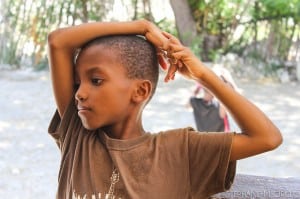
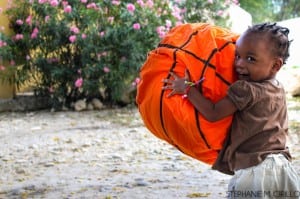
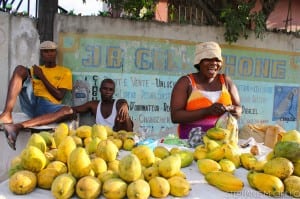
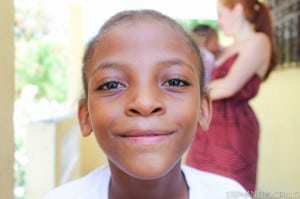
#6 CAPTURING PLACES: When photographing landscapes I try to pay extra attention to my composition. With these sorts of shots I use the rule of thirds, which splits the image into an imaginary grid with two equal horizontal lines and two equal vertical lines. On most cameras you can turn on the grid view so you can make sure your horizon line is straight– or at least some what straight so you have the opportunity for your best possible shot. You can always use a tripod if you have a shakey hand or want the grid perfectly even. I personally find tripods to be a hassle and rarely use them, especially because they can be unrealistic when traveling. If you’ve got a shakey hand try to bring your elbows in close to your body and use your torso for support. It actually works– try it out.
Notice the divides created by the shore line and the horizon line.
Remember your sunscreen, keys & CAMERA!!!! Never leave the hotel without your camera! Have it on you at all times. Even when you think you may not need it: bring it. The one time you leave your camera at the hotel, will be the “once in a blue moon” moment when something epicly photo worthy happens. Always keep your eyes open and your attention to what’s happening around you. MY CHEAT SHEET:
- The Canon 5d Mark iii is my favorite camera.
- Utilize natural light when you–it’s much softer and flattering than the light from a flash.
- Always shoot in Raw: Raw files are the highest quality files. They record all the data you capture and make post-production editing easier.
- Set your white balance before you shoot.
- Get fast SD cards, I like these ones.
- Remember: Aperture controls light & depth-of-field (DOF) and the shutter speed controls light & movement.
- Shallower Depth Of Field (DOF)=less in focus (better for portraits).
- Larger DOF=more in focus (better for landscape photos).
- Aperture Priority is a great go-to semi-auto mode that allows you to manually change your aperature as the camera auto selects an approriate shutter speed to achieve the best exposure.
- This Canon EF 16-35mm f/2.8L II USM wide angle lens is one my favorites for shooting landscapes.
- A couple of my favorite lenses: Canon 85mm F/1.8 and Canon 50 mm F/1.8 for shooting people
- B&H is the best store for photo gear. No seriously, the best!
Put these tips to work on your next vacation and you’ll be sure to get some bad@ss photos that you’ll want to print and frame as soon as you land. And maybe show off to friends and co-workers too!
Capturing light and using lines in Haiti.
Stephanie shoots people and products at Worstofall Design. See Stephanie’s photography at www.Stephaniemcirillo.com.

